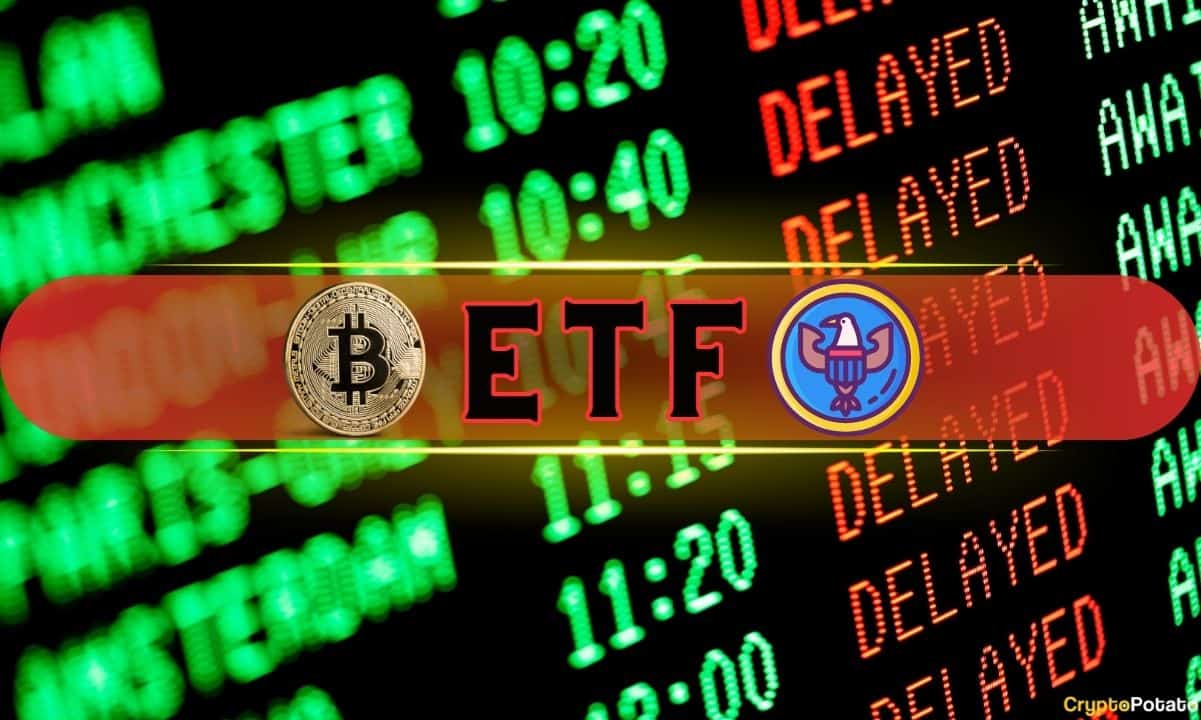TLDR
- European Systemic Risk Board recommends banning multi-issuance stablecoins in the EU
- Major stablecoin issuers like Circle and Paxos could face significant restrictions
- Regulators warn about financial stability risks during market downturns
- Dollar-pegged stablecoins dominate with 99% market share, while euro-backed tokens represent just 0.15%
- European banks plan to launch their own euro-backed stablecoin by 2026, while the ECB targets a digital euro by 2029
The European Union is considering a sweeping ban on certain types of stablecoins, a move that could dramatically alter the crypto landscape in the region. According to recent reports, the European Systemic Risk Board (ESRB) has recommended prohibiting “multi-issuance” stablecoins – those jointly issued in the EU and other jurisdictions.
This policy recommendation, while not legally binding, puts pressure on EU authorities to restrict activities of major stablecoin issuers operating in Europe. Companies like Circle and Paxos, which issue USD Coin (USDC) and Pax Dollar (USDP) respectively, could face substantial hurdles to their European operations.
The ESRB’s recommendation came shortly after European Central Bank (ECB) President Christine Lagarde called for policymakers to address regulatory gaps in stablecoins issued by non-EU entities. Lagarde has expressed concerns that the current framework leaves the bloc exposed to potential financial risks.
The push for restrictions stems from fears about what might happen during market downturns. Regulators worry that investors would rush to redeem their tokens in the EU, potentially overwhelming local reserves and exposing the bloc to liabilities from outside jurisdictions.
Multi-issuance stablecoins operate on a model where EU-licensed issuers must hold reserves within the bloc, while their non-EU partners manage reserves for identical tokens overseas. Despite being issued in different regions, these tokens are treated as interchangeable on the market.
Dollar Dominance vs. European Financial Sovereignty
The potential ban reflects broader concerns in Europe about financial sovereignty. Dollar-denominated stablecoins currently dominate the global market, with USD-pegged assets accounting for 99% of the $230 billion stablecoin market. In contrast, euro-backed tokens represent just 0.15%.
ECB adviser Jürgen Schaaf has previously warned that growing reliance on dollar stablecoins could weaken the effectiveness of European monetary policy. This concern about dollar dependence has fueled support for the development of European alternatives.
The issue has created divisions within EU institutions. While the ECB has pressed for strict measures, some policymakers favor implementing clearer safeguards rather than an outright ban. The European Commission has yet to adopt an official stance on the matter.
Bank of Spain board member Judith Arnal cautioned in a recent paper that disagreements between the ECB, the Commission, and the European Parliament risk undermining the credibility of the Markets in Crypto-Assets Regulation (MiCA) as a global standard.
Circle and Paxos, which operate primarily from the United States, are among the issuers most affected by the potential restrictions. Their reserves are largely invested in dollar cash and short-term U.S. government securities.
When approached for comment, regulators in Finland and France, which oversee these firms’ EU operations, declined to comment on the implications of the proposal. Spokespeople for Circle and Paxos also declined to comment.
Sources familiar with the stablecoin issuers’ position noted that the European Commission had previously been supportive of the multi-issuance model, suggesting this shift in regulatory approach may have caught the industry by surprise.
The ECB’s stance comes as Europe continues to debate the development of a digital euro. The central bank began pushing for this initiative in 2021, though it still awaits legislative approval. Officials in Frankfurt argue that the rise of dollar-backed stablecoins demonstrates the urgency of securing a European alternative.
According to ECB Executive Board member Piero Cipollone, EU member states could reach an agreement on a digital euro “by the end of the year,” with a possible launch in 2029. “We are designing a safe, reliable and universally accessible form of central bank money for the digital age,” Cipollone said in a recent speech.
Meanwhile, a group of nine European banks, including ING, UniCredit, SEB, and CaixaBank, have announced plans to launch their own euro-backed stablecoin in 2026. This initiative will be regulated under the EU’s MiCA framework and based in the Netherlands, where it will seek e-money licensing.
The banks stated that their joint stablecoin project aims to strengthen Europe’s “strategic autonomy” in payments while offering instant, low-cost cross-border settlement. This follows Société Générale’s earlier launch of a euro-backed token on the Stellar blockchain.
Despite the push for digital alternatives, the ECB maintains that physical euro banknotes will remain an essential part of the payment landscape. Over €1.6 trillion in euro banknotes are currently in circulation, with demand continuing to grow, particularly during times of crisis.
The ECB has proposed legislation to safeguard access to cash, even as ATMs and bank branches decline across the bloc. Cipollone described the future payment system as “dual,” with physical cash coexisting alongside digital alternatives.
European lawmakers are expected to outline their position on the digital euro by May 2026, though negotiations remain ongoing. Officials have emphasized that a European digital currency is needed to counter the growing influence of U.S. dollar-backed stablecoins and private payment giants.
The post European Regulators Target Circle and Paxos in Stablecoin Crackdown appeared first on Blockonomi.
Source: https://blockonomi.com/european-regulators-target-circle-and-paxos-in-stablecoin-crackdown/


